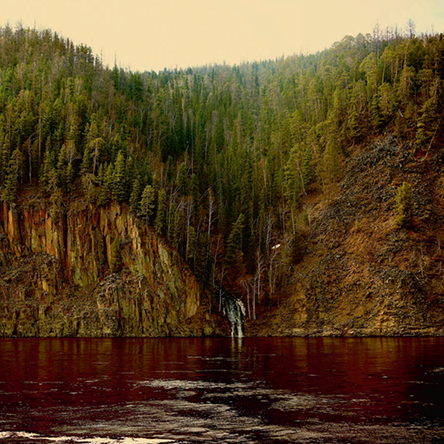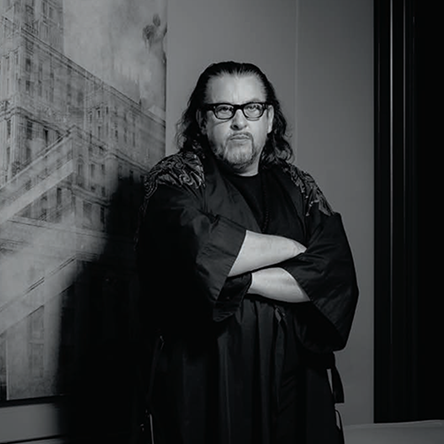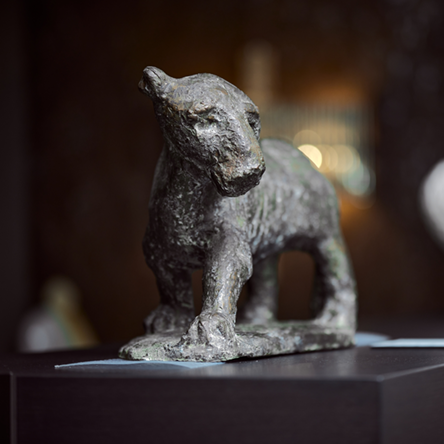Richard Harrison’s first solo show in 1990 at the Berkeley Square Gallery in London’s Mayfair district was greeted with great acclaim in by Brian Sewell, who declared in London’s Evening Standard newspaper that “ Harrison’s pictures are wholly contemporary and could be of no other time than ours, and yet, I suspect, such old masters as Goya, Rembrandt and Delacroix might recognize him as in some sense their heir. “



Many solo shows in England and abroad had followed, and his monumental crucifixion triptych “ At the End … A Beginning ” hangs in Liverpool Anglican Cathedral. Harrison began as an abstract painter with a convincing interest in texture, not only on paint, but even on canvas on which on which he painted, which he frequently burned or charred; in these, though they represented nothing, there was a mysterious link with the Rococo paintings of the eighteenth century. He then moved on through landscape and the figure to biblical and mythical narratives that were common among European painters from the High Renaissance to the High Olympus of Victorian art. Temptation and the constant struggle between good and evil are themes that Harisson has returned to in recent figurative works, as is the other given in life, that one day death will be waiting around the corner.








